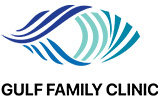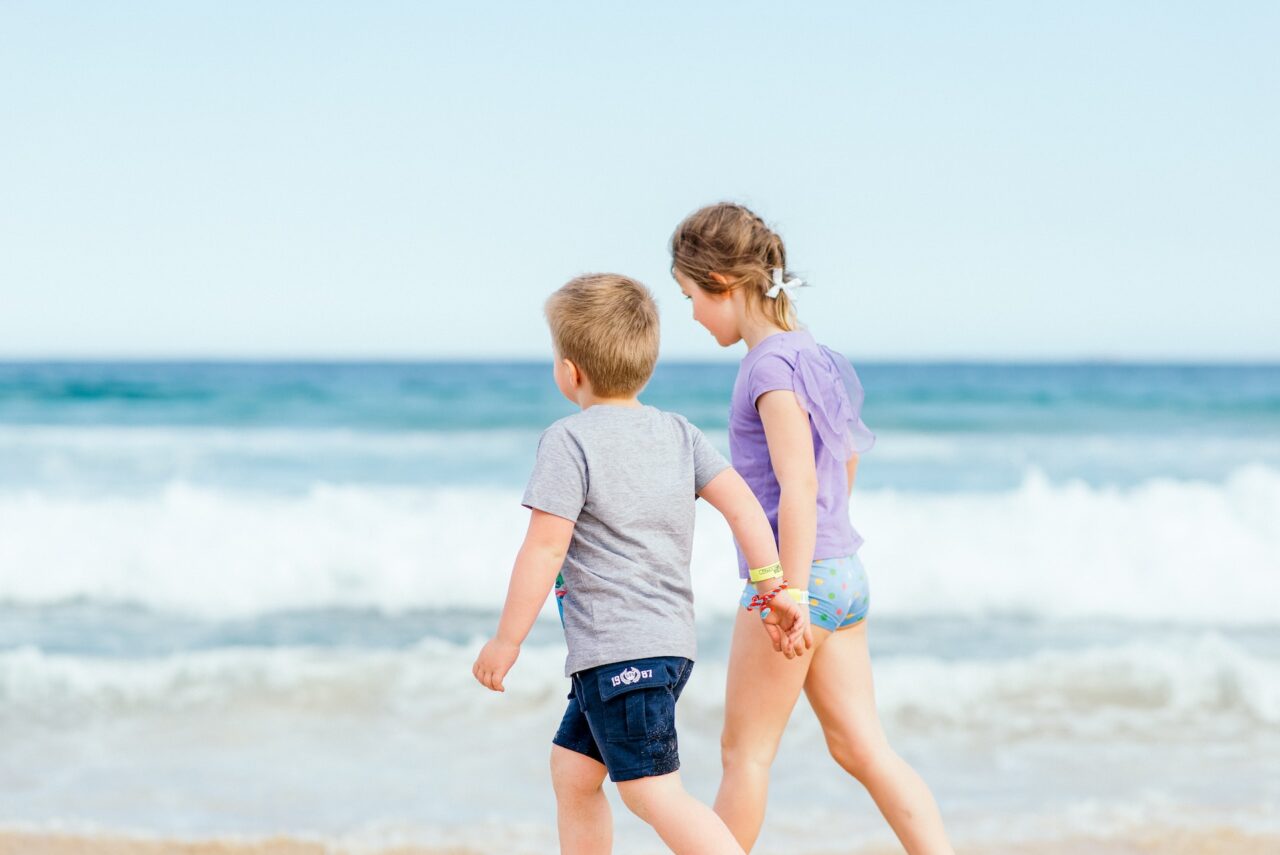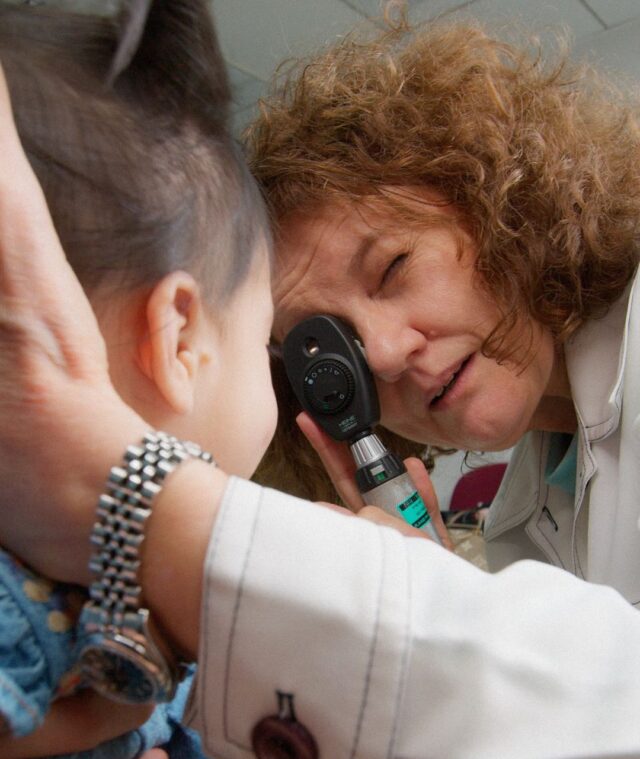Photo by Yujia Tang on Unsplash
Good eyesight is crucial at any age since it allows you to connect with your surroundings, avoid accidents and absorb information you’ll use in your lifetime.
Clear vision also lets you see the beauty around you, enabling you to appreciate intricate details of art, nature and your loved ones’ expressions.
Good eyesight plays a crucial role in children’s overall development and well-being. It is essential for their academic success because it facilitates effective learning through reading, writing and the use of other educational materials.
Eye specialists in Dubai say that clear vision also helps children develop their motor skills, spatial awareness and hand-eye coordination, which they need to participate in sports, dance, music and other physical activities.
Lastly, kids need sharp vision to explore the world around them safely and confidently.
Unfortunately, more and more children are developing vision problems every year, the most common of which is myopia or nearsightedness.
A published study reveals that myopia in children is a common problem among 73% of school-aged kids in East Asia and 42% of young students in North America. Specialists in the UAE have also commented on the rising levels of myopia in even younger school-age children.
When children have myopia, they can experience difficulties in learning, socializing and developing their other life skills. Because of this, you need to look after their eye health regardless of their age.
Effects of Myopia in Children
Nearsightedness can affect your children’s daily life in various ways, including the following:
1. Learning Challenges
As mentioned, children who are nearsighted can experience learning difficulties inside the classroom, particularly when teachers use chalkboards, whiteboards and projectors to present their lessons.
Students with myopia won’t be able to see and read anything presented on a board or wall, particularly if they are seated far away from it. They may be able to discern the text if they squint their eyes, but unfortunately, this is an unhealthy habit they should not develop.
Some nearsighted children may also have difficulties reading and seeing things clearly on computer screens and other devices. Because of this, they won’t be able to maximize and enjoy their e-learning activities if these are offered in their schools.
If your child is experiencing these learning challenges, they will likely have a hard time understanding and keeping up with their lessons, which will affect their academic performance and grades.
2. Poor Performance in Sports
Myopia can cause many difficulties for your child if they participate in sports during physical education classes and competitions and when playing for fun.
This condition can blur your child’s perception of a field or court’s boundary lines, which can cause various skill deficits when they play. They may also have a hard time judging their target when shooting a basketball or kicking a football since they can’t see the basket or goal clearly.
Because your little one can’t see clearly while playing any sport, they won’t be able to perform their best and their athletic skills may become stunted. They are also at a higher risk of getting injured and hurting others while on the field or court.
3. Headaches and Eye Strains
One of the most common symptoms of myopia in children is frequent headaches. This condition can also affect your little one’s daily activities and lifestyle.
Children who are nearsighted may suffer from headaches caused by frequent squinting, which they do to try to see more clearly.
This frequent squinting can also cause eye strain, a condition wherein your child’s eyes feel tired and sore.
Frequent headaches and eye strains can make it hard for your little one to focus on what they are doing. The pain they feel can be uncomfortable and distracting too.
4. Proneness to Accidents and Injuries
Since nearsighted children have difficulties seeing distant objects, they may not see steps, elevations and large cracks on sidewalks or pavements from afar, which can cause them to trip, slip or fall since they won’t avoid or navigate them properly in time.
Your child may also have a hard time reading road signs and recognizing traffic lights, which can put them at risk when crossing a street. They may also get lost when exploring or navigating a new place.
As mentioned, nearsighted children are also more prone to accidents and injuries (and possibly causing them) when playing sports since they have difficulties judging the distance of moving balls and the movements of other players.
Treatment for Childhood Myopia
Childhood myopia treatment starts with a formal diagnosis of this condition by an eye specialist.
The ophthalmologist will conduct one or more of the following tests to check for myopia:
- Visual acuity test (to check how well your child can see objects at a distance)
- Slit lamp exam or biomicroscopy (to take a closer look into your child’s eyes)
- Refraction test (to measure the prescription needed for the lenses)
Once the diagnosis has been completed, the ophthalmologist will discuss with you the treatment options for your child, which include the following:
● Prescription glasses (Preferably specialty myopia control glasses)
Your child can wear glasses with single-vision myopia control lenses, executive bifocal, or multifocal lenses to help them see distant objects clearly, as well as relaxed non strained nearvision. Their prescription specialty eyewear, which is the most common treatment option for childhood myopia, can also slow down the rate of worsening nearsightedness.
● Contact lenses
The ophthalmologist can also recommend Specialty contact lenses to help your child see distant objects clearly and slow down the myopia progression. However, your little one should be taught how to take care of and handle their contact lenses, be mindful of using their prescribed eye drops and practice good hand and eyelid hygiene.
● Orthokeratology
Orthokeratology or Ortho-K lenses are a special type of contact lenses that patients wear at night while they sleep to flatten their central corneas. This process improves their vision the next day, allowing them to see distant objects more clearly.
Your ophthalmologist will give you and your child more details about these treatment options to help you decide the best one that suits their needs and lifestyle.
When you notice your child is squinting a lot, rubbing their eyes frequently and complaining of difficulties seeing distant objects and headaches, bring them immediately to the best eye clinic in Dubai for proper diagnosis and treatment.
If you suspect your child has myopia, contact us to schedule an appointment with one of our ophthalmologists.








